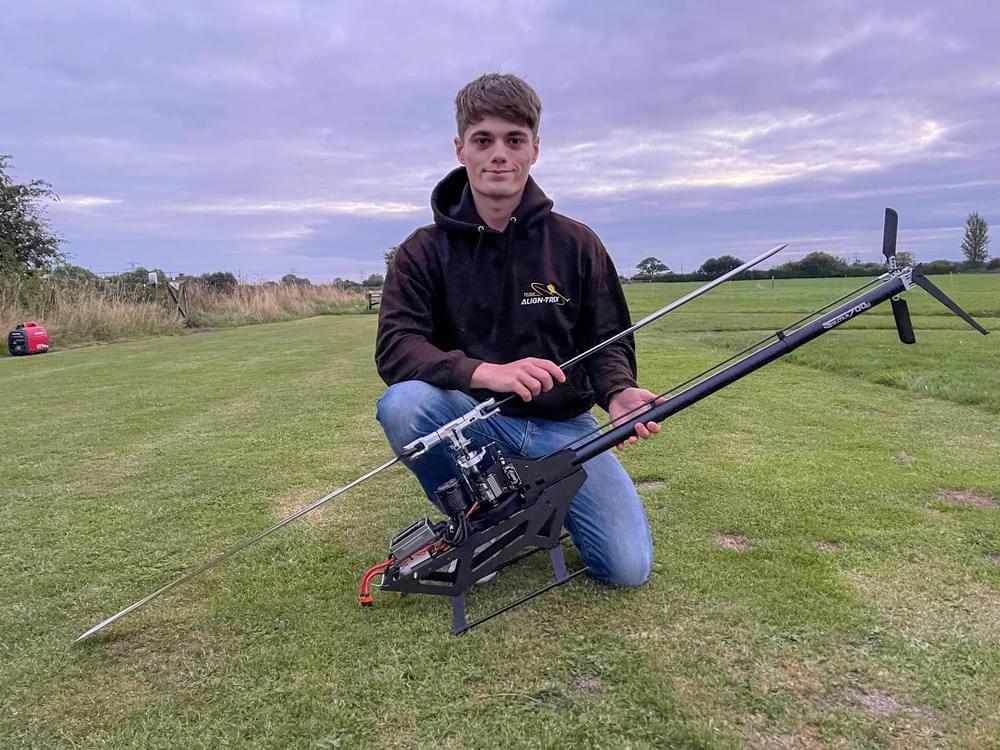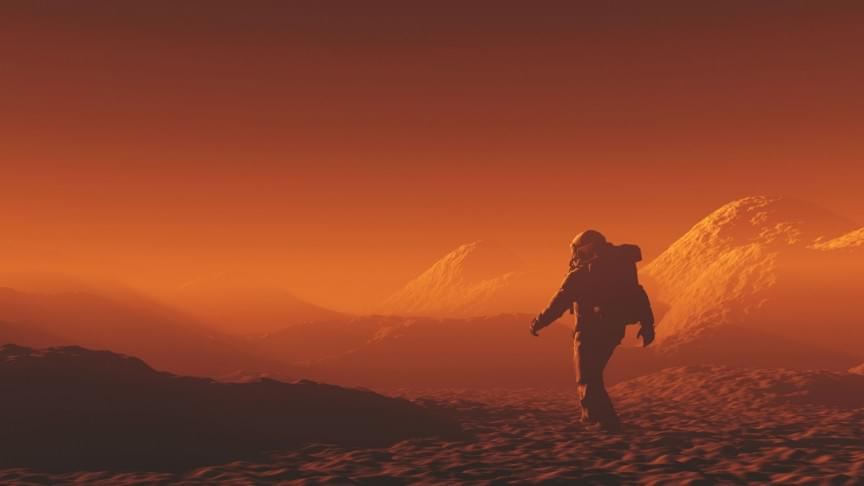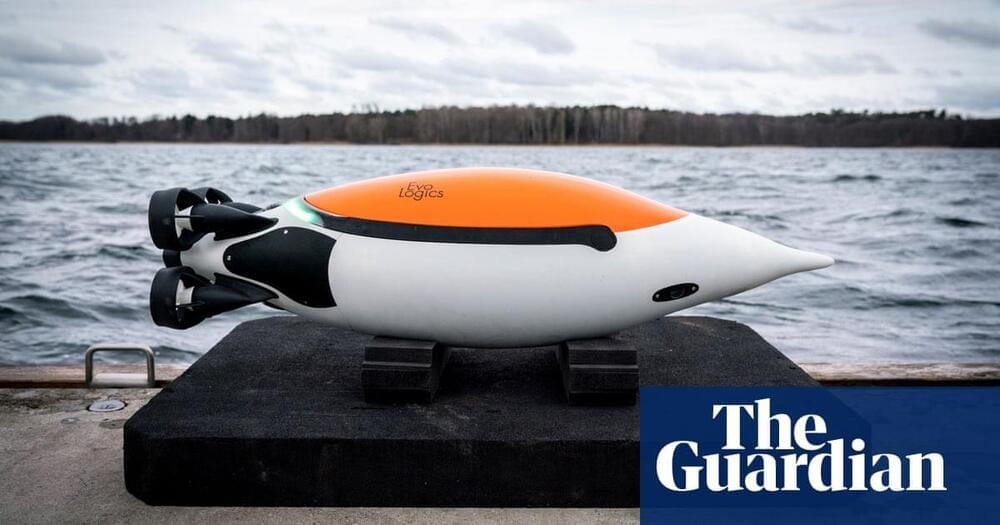Category: futurism – Page 756



Here’s the new Specter 700 V2 all built and flight ready 😁
Sorry if I look a bit horrible, I’ve been a bit ill the past few days. But the V2 sure doesn’t look half bad. She does indeed fly as good as she looks.
As mentioned before the feeling of the tail is a big improvement, the head itself feels much tighter and more locked in, in part thanks to the more rigid frame. It also flips on a dime too, thanks to the lowered head and more central centre of gravity.
All in all I’m loving this model. It’s getting dark now, I should probably go home… one more flight maybe 😂
ALIGN TREX Models.
XLPower.
#TeamAT #Specter700V2 #XLpower #ATModels


HUGE *SOS STRANDED* sign found in REMOTE desert on Google Earth! How did they get there?
⭐️ Don’t forget to subscribe, be safe out there… (SOS STRANDED)

It’s Official: Spending More Than 4 Years on Mars Would Kill a Human /
The new study, published in the journal Space Weather, gives precise indicators for how a future mission to Mars should be timed. With sufficient shielding on the Mars-bound spacecraft, a human Mars mission should be shorter than four years to keep the astronauts safe, the study says.
The Sun can also protect future Mars astronauts from the worst radiation.

Indication of Highly Correlated Electron Transport in Disordered Multilayer Ferritin Structures
Indication of Strongly Correlated Electron Transport and Mott Insulator in Disordered Multilayer Ferritin Structures (DMFS)
PDF | Tests of devices using a layer-by-layer deposition process for forming multilayer arrays of ferritin have been previously reported that indicate… | Find, read and cite all the research you need on ResearchGate.
